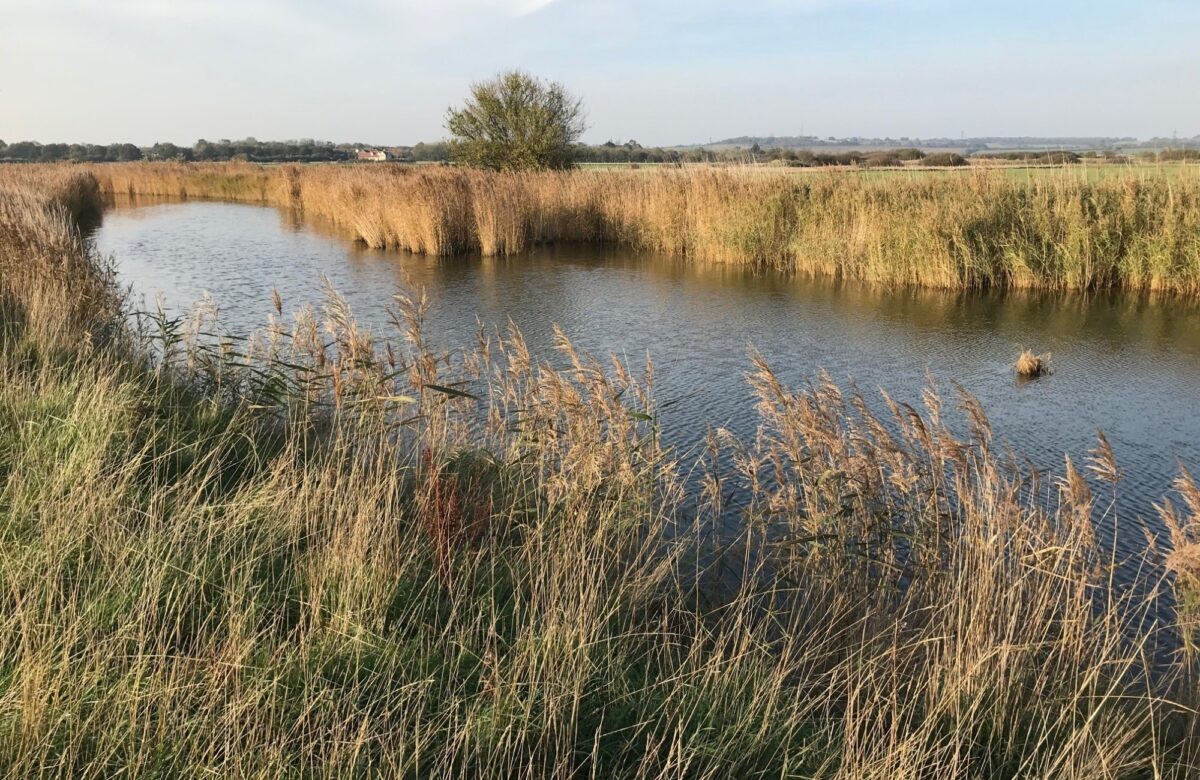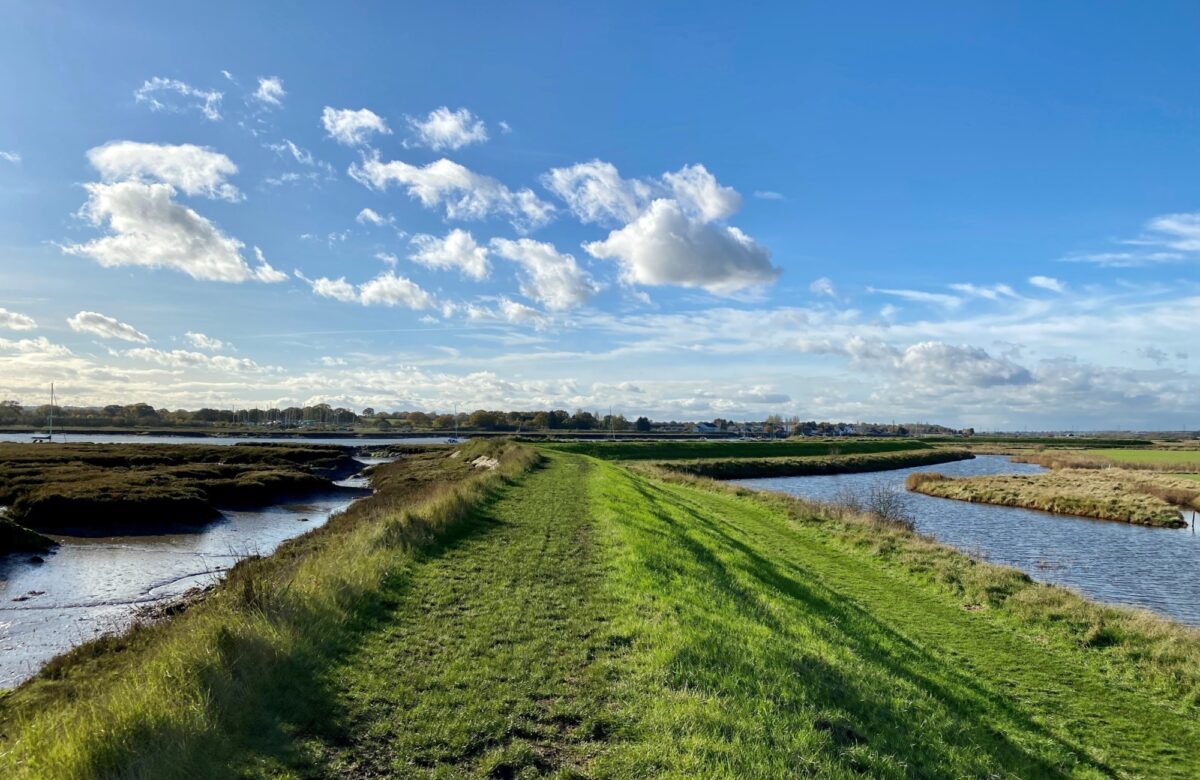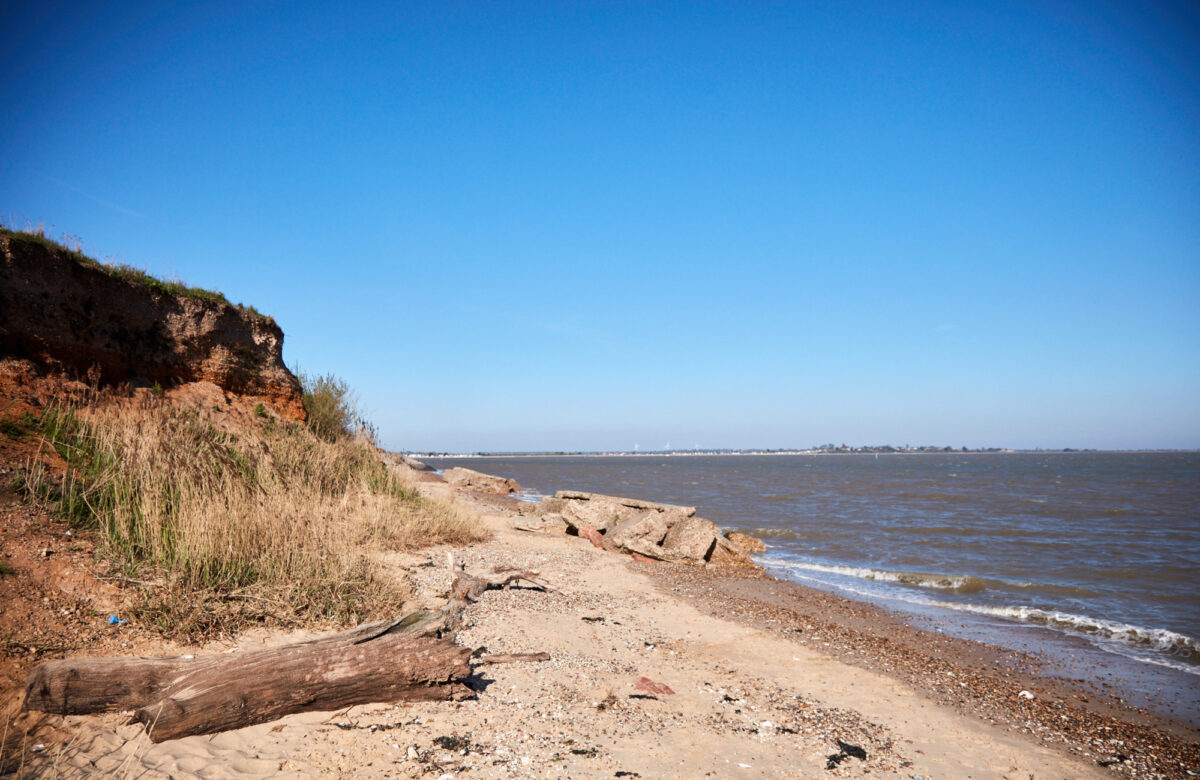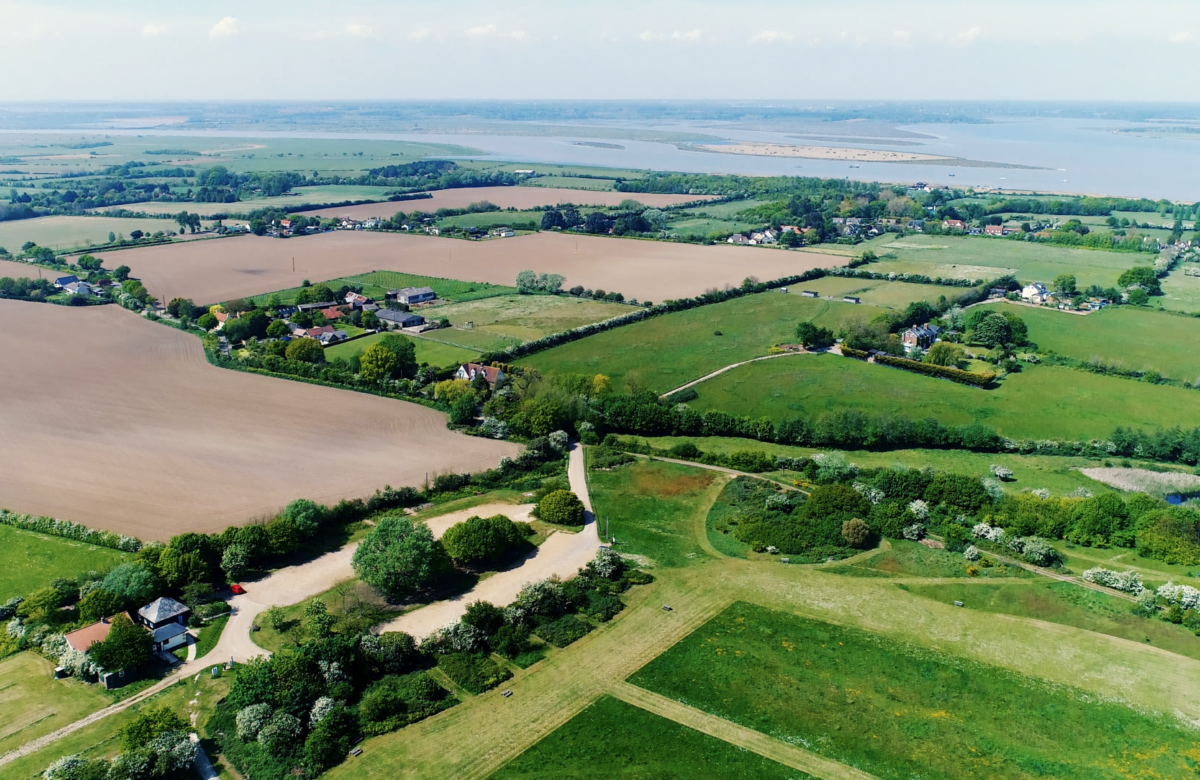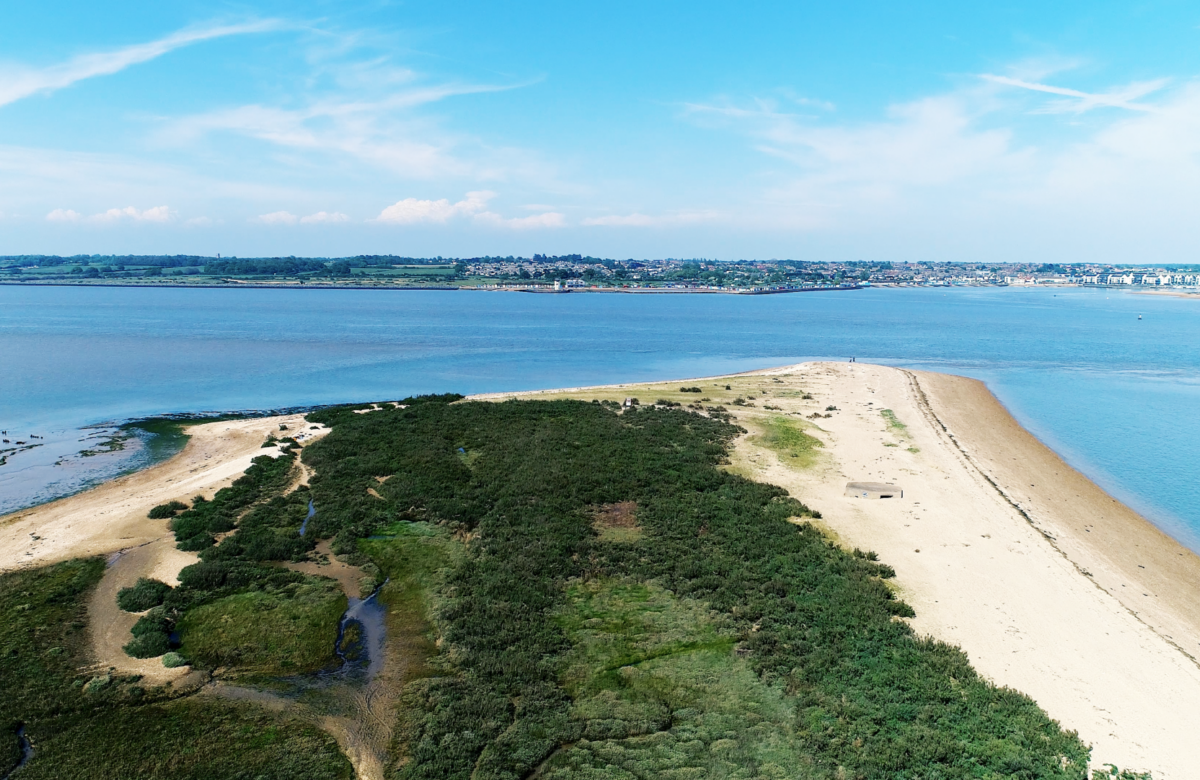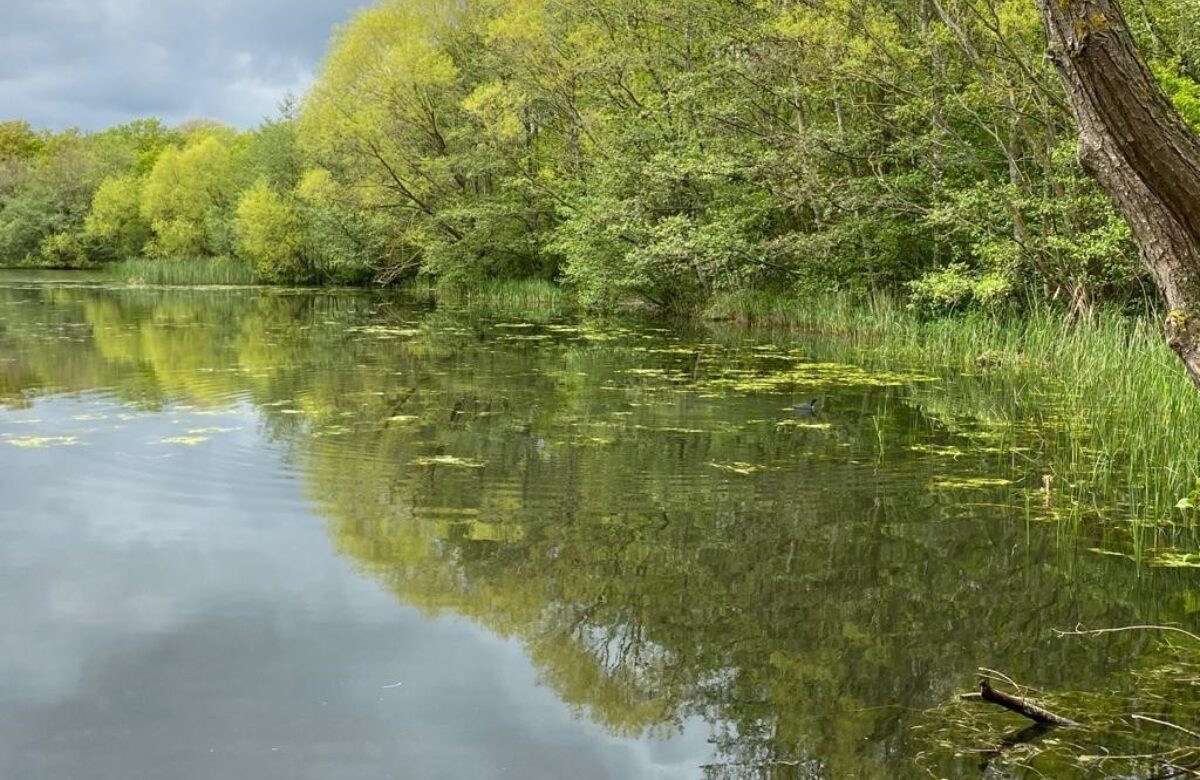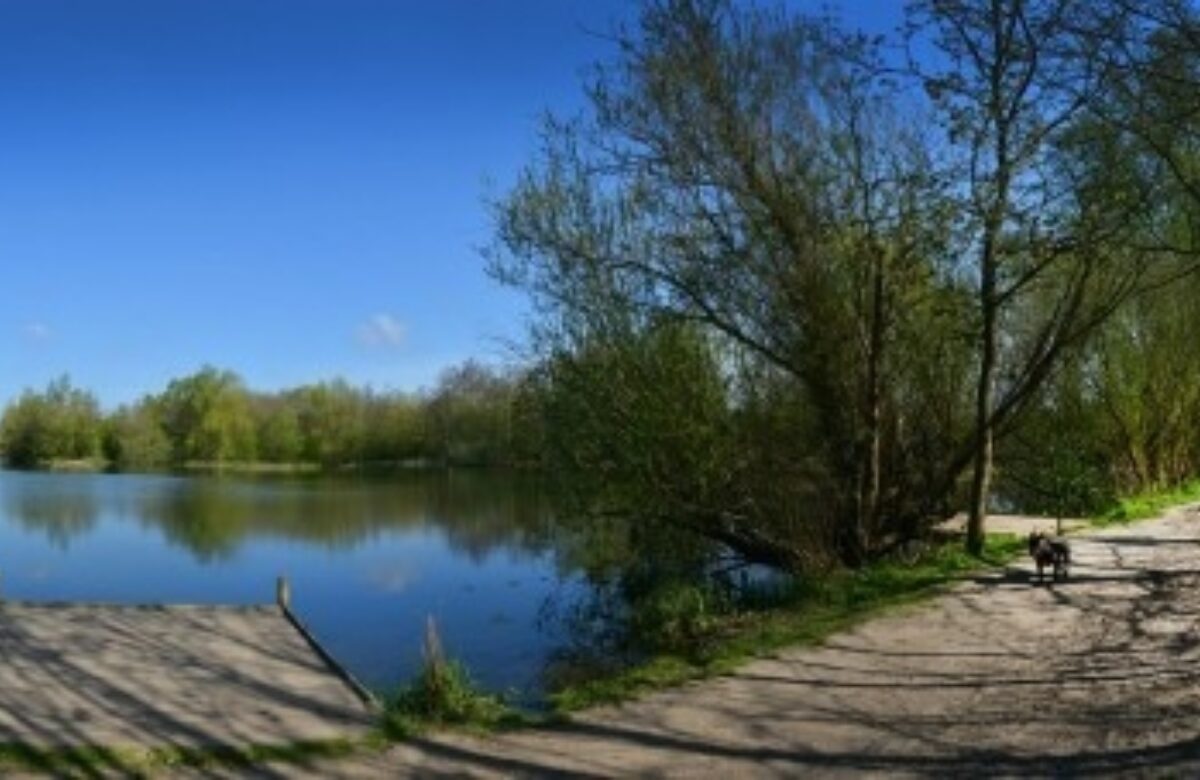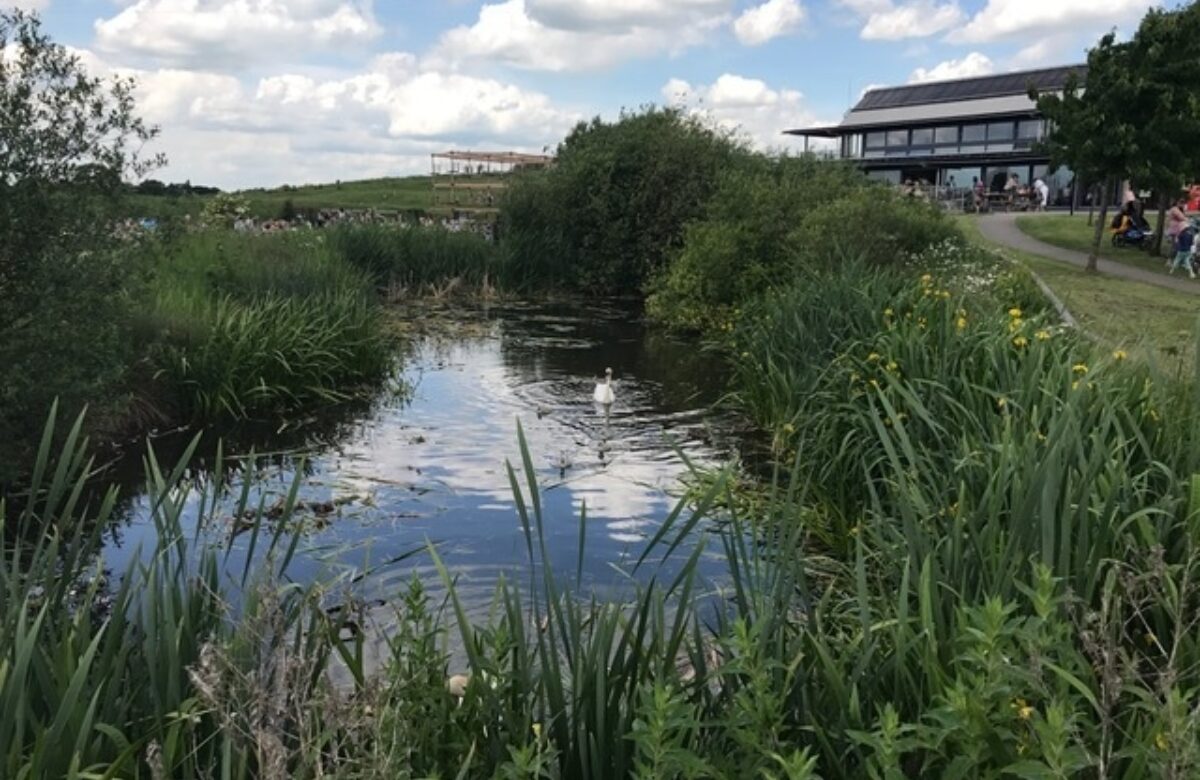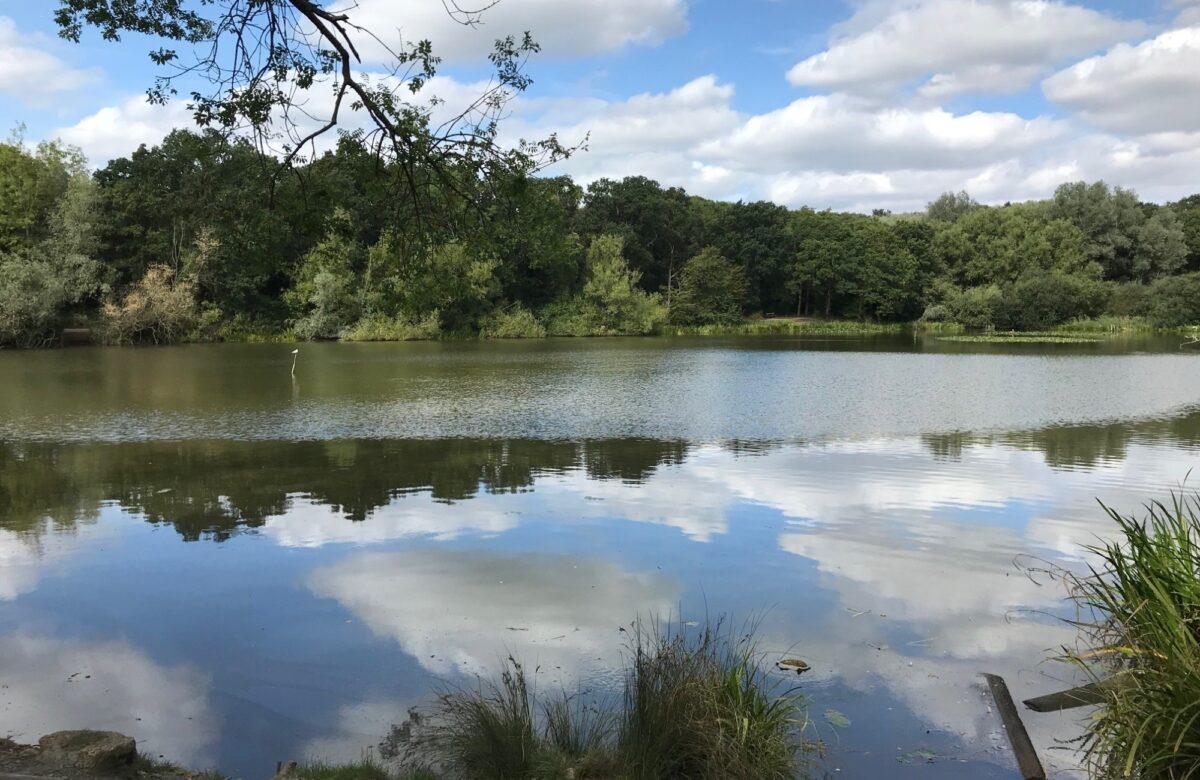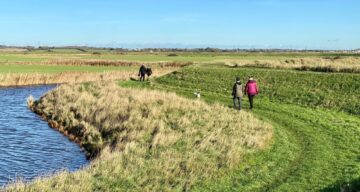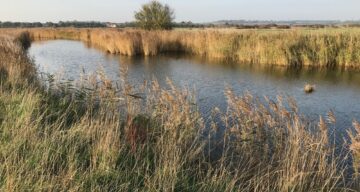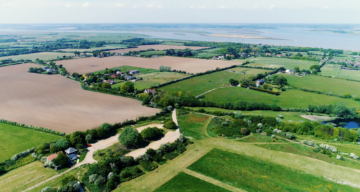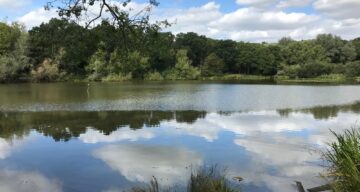Three Wonderful Wetland Walks
Essex Country Parks contain many stunning and diverse landscapes, flora and fauna which is why we are shining a spotlight on our favourite waterside places for this year’s World Wetlands Day.
Posted on 30th January 2025
Wetlands are land areas that are saturated or flooded with water either permanently or seasonally. Wetlands include inland (marshes, lakes, rivers, floodplains, peatlands and swamps), coastal (saltwater marshes, estuaries, mangroves, lagoons and coral reefs) and human made (fish ponds, rice paddies and salt pans).
Within the Essex Country Parks we have many green spaces which feature wetlands -from marshlands to lakes.
Located in south Essex, Belhus Woods is a haven for wildlife due to the lakes and waterways that are situated throughout the park. Bird life includes mute swans, tufted ducks, woodpeckers, kingfishers, kestrels and lapwings while sand martins and nightingales are among the nesting birds on site.
Much ditch work has been done at the park to encourage the endangered water vole, and the lakes are home to a variety of fish and insects that are fundamental to healthy wetland and lake population.
Cudmore is a nature reserve of unique coastal habitats, situated on the Blackwater and Colne Estuaries,
The low-lying meadow is managed as a Site of Special Scientific Interest (SSSI) nature reserve as it attracts wading birds and ducks throughout the year. During the winter season duck and grebes are on the Colne Estuary and up to 15 types of waders can be found on the rich mudflats.
Hunting bird of preys like the peregrine or marsh harrier can also be found. On the grazing fields in winter, lots of wigeon and teal can be seen as well as large flocks of dark bellied brent geese, while in the summer lapwings and avocet often breed.
Surrounded on three sides by the River Crouch, Clements Green Creek and Fenn Creek, Marsh Farm Country Park has 300 acres of grazing marsh.
Marsh Farm is recognised as a SSSI because of its importance for overwintering dark bellied brent geese (they can also be seen at Cudmore Grove). The geese migrate from Russia to overwinter on the Essex coast by flying 2,500 miles from the deepest, darkest depths of Siberia.
The geese are protected under the Wildlife and Countryside Act and graze on the grassland as their favourite, Eel Grass, can be found on costal mud flats. In fact, the grassland at Marsh Farm is managed to help create a unique habitat for rare and important coastal plants, such as sea barley, sea clover, sea lavender and grass vetchling.
Currently, the numbers for dark bellied brent geese are good, however, the conservation status is ‘amber’ as the UK only has a few overwintering sites (‘red’ is critically endangered, ‘amber’ is the next most critical, while ‘green’ is the least critical).
The park itself is also home to many species of waders and ducks in the autumn and winter, and several species breed here in the spring including sedge warblers, cuckoos and sky larks.
When you’re out in the park you may also see water voles. Although they are an endangered species, they can sometimes be seen in their borrows alongside the river.
To discover more about the wonderful and unique wildlife we have here is Essex visit: www.explore-essex.com/places-to-go/our-parks-and-places
Tagged with
Related blogs
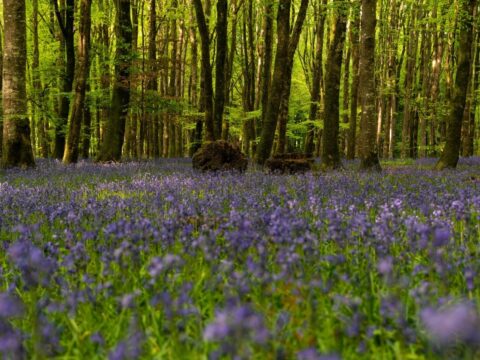
Four Best Bluebell Spots at the Essex Country Parks
In the months of April and into May Bluebells bloom and huge swathes of woodland come alive with carpets of beautiful blue flowers. We’ve pulled together the best spots to enjoy these vibrant splashes of colour in the Essex Country Parks, from Brentwood and Belhus to Danbury this spring.
Posted on 1st April 2025
Read article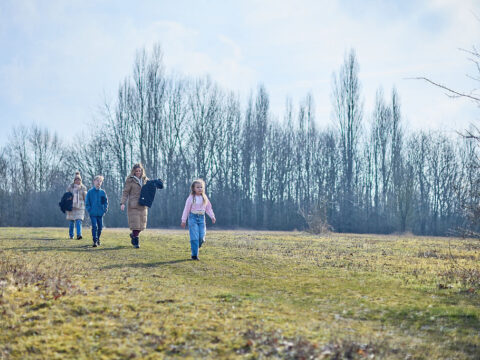
Top Five Family Spring Walks in Essex Country Parks and Heritage Sites
Spend some quality time with the family and make the most of the stunning parks and outdoor spaces in your local area.
Posted on 27th March 2025
Read article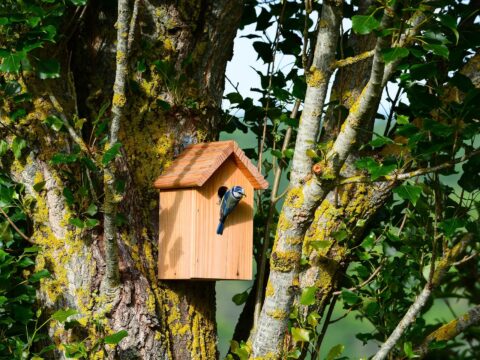
Build a nesting box
Help our feathered friends by building a nesting box, it’s a simple and effective way to encourage more wildlife into your garden while helping to support them during their breeding season.
Posted on 11th February 2025
Read article
